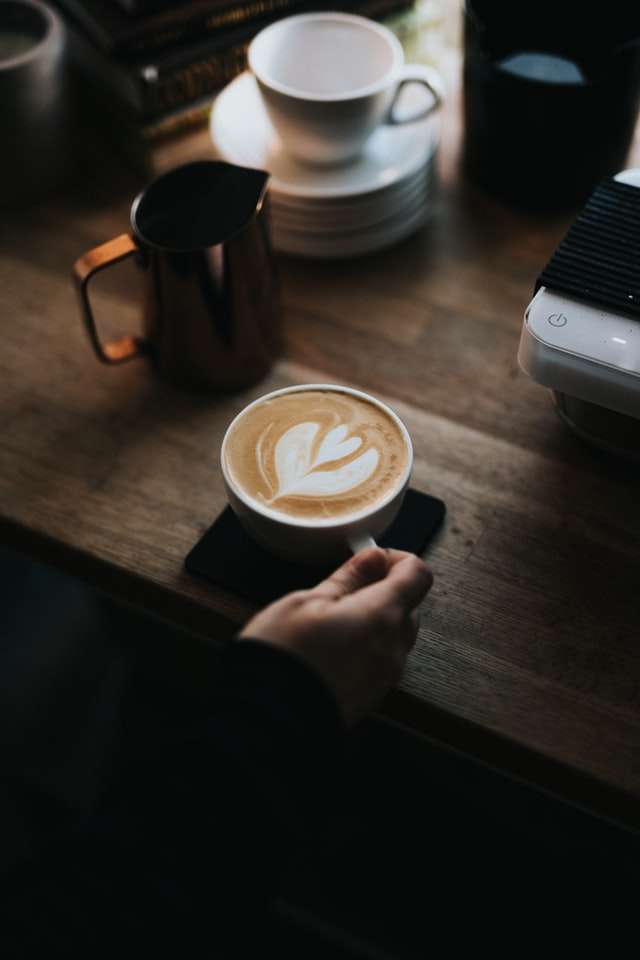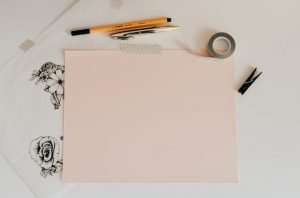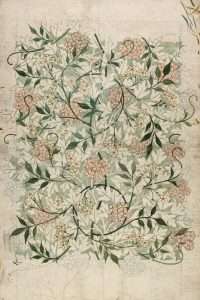I’m going to be doing a photography show at the end of October, and I need help figuring out how to prepare. Luckily, this helpful blog has some tips on what to do before your first photography exhibit.
The first thing you should do is find a venue that is willing to host your photography show. There are lots of places in your neighborhood that will be more than happy to host your show. The next step is to get everything framed and ready for the day of the exhibit. You don’t want people to walk around an art gallery looking at photographs that aren’t framed. Make sure you also have interesting and appealing photographs for your show as well. Many times people decide not to buy from artists because their work is boring or doesn’t appeal to them.
All photographers should have multiple copies of their photos for the day of the exhibit as well. Having extra copies allows for potential buyers who might be interested in buying your art but are unable to transport it home with them that day. If all goes well with your photography show and you sell some, make sure you thank everyone who attended! It’s important for photographers to connect with their audience, especially if they liked the photographs enough that they wanted one for themselves.
Preparing your first photography exhibit can be a very exciting and rewarding experience. It is also a lot of work, but the process is just as important as the result. Here you will find a helpful blog that offers some tips to guide you through your first photography exhibit.
TIP
Getting started in the art world can be daunting. So we’ve compiled a list of tips that you can use to make your first exhibit a success. These tips are designed to help make your work stand out, and make the process of putting together a photography show easier.
TIP 1: LEARN ABOUT THE ART WORLD
Art is a business. The more you know about how the industry works, the better prepared you’ll be for this new career path. The internet makes it easier than ever to learn about art and artists, including historical movements, styles, genres and contemporary artists who are doing amazing work.
Learn as much as you can about art. Visit museums and galleries. Attend lectures and panel discussions on topics such as art theory, curating, and conservation. Take a few art classes if possible; they will provide insight into how artists think and how they create their work. Read books on art history; this is an excellent way to learn about different styles of art and the evolution of artistic movements over time. You will also gain invaluable knowledge about marketing your own artwork, which makes for a stronger overall understanding of the art world in general.
Learn about photography . Many people assume that photographers simply point their cameras at something beautiful or unusual and then print the
Thank you for visiting and supporting my site. I hope that you find something of interest or benefit to you here.
I am a fine art photographer with a keen interest in abstract photography, and capturing the energy of a place or person. I enjoy working in natural light, often outdoors, and how it affects the mood and feeling of a picture. I also enjoy creating abstracts from everyday objects or places, showing them in ways that may have not been seen before.
A lot of my work is inspired by early 20th century photographers such as Bresson and Munkacsi and by photographers like Alex Webb, whose work has an energy to it that I found extremely inspiring to me when I first saw his work. On this site, you can see some examples of my work and learn more about me, including where I will be exhibiting next and when the next show opens.
My most recent show was at the Berwick Street Gallery in London where I exhibited my ‘London’ series of images which are really abstracts taken around London; using natural light (and sometimes artificial light) to create abstracts from ordinary scenes. The photographs were also printed on aluminum so that they were even more striking than usual! It was great being able to exhibit with gallery owner Paul
The first step in working on a show is to start creating a collection of your best images. This can be done by looking at your existing portfolio and creating a list of the best work you have. You could also start shooting for this new collection or re-shoot old favorites.
Step 1: Print or scan the images
Your images don’t need to be printed in order to be considered for your show, but it’s helpful to print them out beforehand so that you can review which ones are your best.
Step 2: Create an order
Once you have your images together, sort them into groups according to subject matter, theme or intent, and decide on an order that makes sense. Are they chronological? Do they tell a story? Are they in any way related? It doesn’t matter what order you choose as long as it makes sense to you.
Step 3: Get the look right
Select one image from each grouping to create an image set of eight to 12 images. The idea is that these images will be hung together, so you don’t want anything jarring or discordant between them.
Step 4: Select the right size
Once you have the right number of images for your show, make sure each image is the same size and proportion,
Art photography allows us to view the world differently, to see what is out of sight, to observe life and nature with new eyes. But how do you know if your images are worth being seen?
There are two ways to find out: You can visit a gallery and ask them for advice, or you can open up an email account and start sending your work around. The first option is very expensive (I have yet to find a free one), the second is free but time-consuming. Both options involve substantial risks.
So what can you do? As an emerging photographer who is looking for both feedback and exposure, these are my three suggestions:
1) Weigh the costs.
Asking a gallery for advice makes sense if you live in a large city (or have the means to visit one) and have enough work that you can’t keep track of it all yourself. The fact that most galleries don’t pay artists or charge them high submission fees doesn’t mean it’s not worth your while; on the contrary, it’s a great way to learn about how things work in the art world and will likely lead to valuable exposure.
The only downside – if you want to call it that – is that by entering into this relationship, you’ll need
Art is a valuable asset to any household, whether you are an artist or not. Even if you do not consider yourself an art collector, there are many ways that you can benefit from investing in art.
While owning art may seem like an unnecessary luxury, it does have a variety of benefits that you should consider when dealing with the purchase of any pieces for your home.
Art helps to make your home more valuable
One of the main reasons people invest in art is because it increases their home’s value. If you are considering selling your house at some point, having art on your walls can increase the value of your home by up to 20 percent. This can make it easier to sell and you can get a much higher return on your investment than you would otherwise. If you plan on staying in your current home for quite a while, it is worth investing in some pieces of art because they will help to increase its value as well as provide you with some enjoyment while they are hanging on your walls. Choose pieces that reflect your personal tastes to ensure that they work well with the rest of your decorating scheme.
Investing in art is also helpful if you are trying to avoid foreclosure or need extra cash in a difficult financial situation. While this should not be the only



